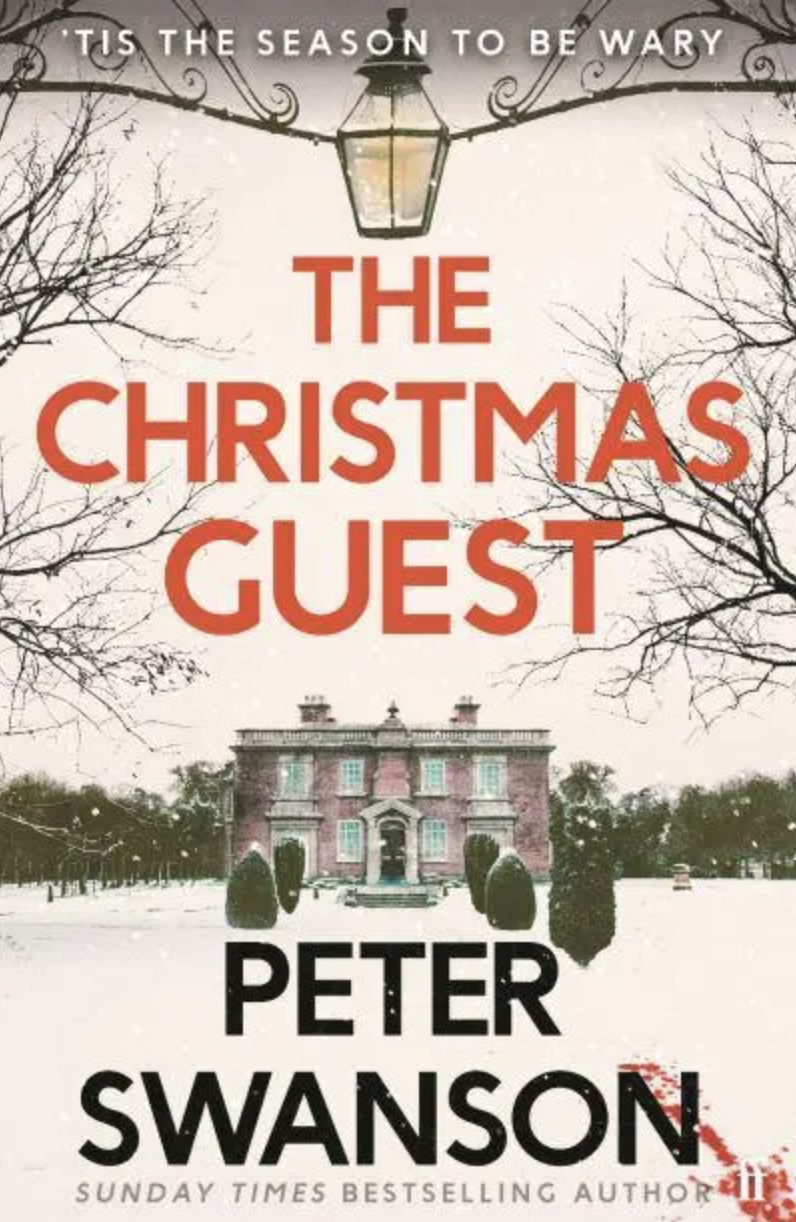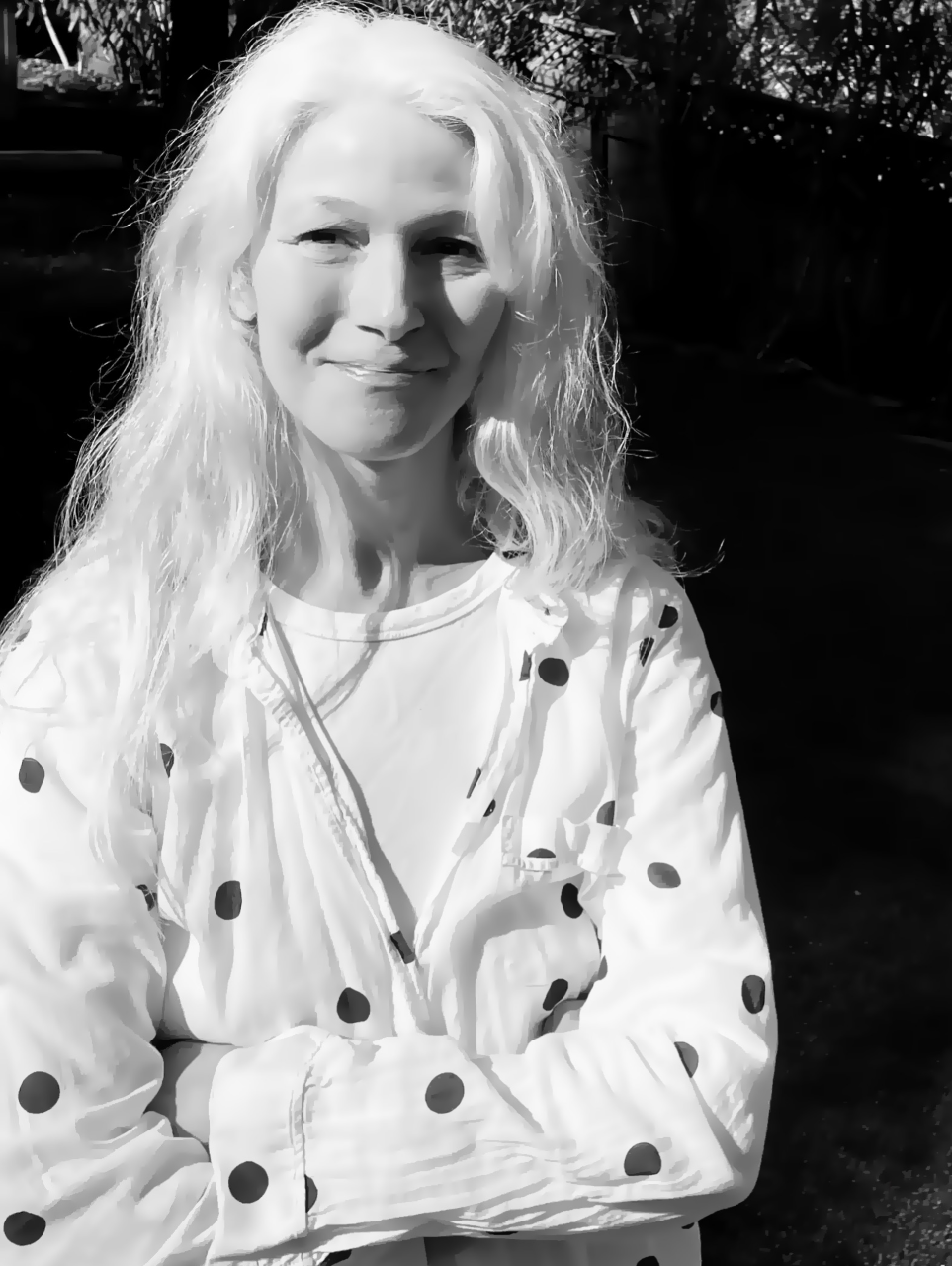How and when did you decide to write your memoir Wine Witch on Fire? How long did it take you?
It took a long time. I refused to look at my journal entries and notes for five years because it was too painful. Then, the incidents began swarming around my head. I started writing about it as a private exercise to make sense of what happened to me. I had no intention of publishing it. I thought writing about it in public would be vandalizing my own privacy. My favorite quote comes from memoirist Glennon Doyle. She says “You need to write from a scar and not an open wound.” And my next question is, why write about it at all? Poet Sean Thomas Dougherty says, “Because right now there is someone out there with a wound in the exact shape of your words.” Then, I realized by keeping this story to myself that I wasn't fully connecting with others, so I spent another five years writing and editing it. When you share vulnerability and cracks inside your life, you invite others in, and they share in return. The stories that came back to me from readers who read my memoir are profoundly moving.
Writing a memoir can be daunting. Did you face any challenges, or was writing any part of this memoir difficult?
It was tough. First, I had to get through the trauma and undergo a lot of therapy to process all that pain. My memoir brought together two aspects of my life that I thought were utterly different– my personal life involving a divorce and my professional life that involved all that defamation and accusations about intellectual theft. They were two sides of an open wound, and I stitched my life together to create a new meaning. It was challenging to relive those experiences, but there was more healing. Writing about it was cathartic. It helped me make sense of my own world.
The title Wine Witch on Fire is catchy. How did you come up with it? Does the word 'witch' symbolize anything in particular?
This memoir is about a middle-aged woman—me—who survives a personal and professional crisis to rediscover her own wisdom and resilience. Witches resonate with me because their strength comes from within. They represent wisdom, feminine power, and a healing connection to nature. My favorite childhood stories were always about witches. I was especially intrigued by the opposing forces between the good witch Glinda and the unnamed Wicked Witch of the West in The Wizard of Oz. I realized how these two opposing forces were inside me as well. There are some stereotypes associated with witches, which need to change.
Did you have any target audience in mind while penning this memoir?
A lot of memoirs start with the authors writing for themselves. A memoir feels like a hug to my younger self when I thought I was alone. As a memoir evolves, it eventually finds its core readers. In my case, it was women who were above the age of forty who had faced family and career challenges. It also appeals to younger women keen to know what pitfalls to avoid. There have also been some good men who gifted this book to the women in their lives—their wives, daughters, sisters, or mothers. Some men discuss the issues addressed in my memoir with their wives, which is excellent. If you find your story in my memoir, then it becomes a book for you.
The language in your memoir has a delicate balance of a bit of humor and vulnerability. Was it a conscious attempt to maintain this balance?
Humor has always been my way of coping with difficult times. Earlier, my humor used to be a defense mechanism. Now, it's a more general approach inviting people to chuckle with me. I realized my memoir could not be one long bleak narrative. At the same time, I did not want to trivialize some critical subjects. We need comic relief in life, whether in books or movies. Initially, I could not have inserted humor because I didn't have that distance. Now, with the wisdom of the time, I could adopt a different lens and find ways to insert humor. It's a matter of balance, just like a complex drink like wine, which is a combination of several elements.
You talk about different narrative approaches in your memoir. How do you approach your writing in terms of narrative and form?
I have always written in the first-person in a very conversational tone. It's natural for me to write like we are talking at the kitchen table. From a narrative form, a memoir is just a slice in time of your life, like a year or two, unlike an autobiography, which encapsulates your entire life. The memoir goes back and forth in time. This was challenging and exhilarating. I found it elevated my craft and challenged me as a writer.
Do you think penning down this memoir has changed you?
I initially thought strength meant holding it all inside and not needing anyone to confide in. This approach made my life a lot more complex and worse. Only when I confided in friends, family, and other women in the wine industry did I realize how healing restored the power of friendship. I realized that vulnerability was the only defense.
What do you expect readers to take away from this book?
We have a wine-making term called dry extract. It refers to the essence of wine-flavored components when all the moisture has evaporated. The dry extract is there in humans. It's about what is left over after life has burnt us down to that leftover essence—who we are at our core can help us rise again. It's incredible how we have more profound resilience and strength than we give ourselves credit for.
Now moving on to some fun questions. What would your favorite childhood memory be?
My favorite childhood memories are all connected to the sense of smell. Smell is the only sense of the five senses tied directly to memory and the brain, so, to remember how things smelt in my childhood, whenever I open a National Geographic magazine, I am back on my grandparents’ porch, which had a stack of those. I loved how those magazines smelled. Also, whenever I come back from swimming and let the sun dry my back, I recollect the smell of grass and tiger lilies in the corner of my grandmother’s garden, and even the salty ocean water close by. These beautiful smells transport me back to my four-year-old self again.
If you were to describe yourself as a particular variety of wine, what would it be?
Pinot noir. It's got all the flavor and vivacity of the best wines and none of the heavy dose alcohol like you get in some other varieties of wine. Pinot noir is like a thin-skinned grape. I find it like people on the edge of a nervous breakdown. They are exciting conversationalists, but you are not sure where the conversation is headed. Pinot is great when it's sublime. When it's bad, it's terrible. It's this mysterious aura of not knowing that makes it thrilling. I want to remain thin-skinned like the pinot and live in a place of vulnerability, sharing, and transparency.
What's the strangest place you have visited?
In terms of wine regions, I love South Africa. It was wild and fierce. They have some spectacular vineyards and landscapes. In North America, you must deal with deer, birds, and rabbits who want to eat your grapes. In South Africa, they deal with baboons and all kinds of wildlife that roam around in groups and can attack their vineyards anytime. I find it fascinating and strange. The food is excellent with all those exotic flavors, and the people are great.
Who are the authors or books who have inspired you?
Margaret Atwood is at the top of my list. As a teenager, I wrote about her for a book report on The Handmaid's Tale. It was inspiring to read her as a young woman and to continue reading her works. She has a strong voice and paints these pictures of characters that stay with you even after turning the last page over. Colette, the French writer, wrote with great sensuality about wine, food, life, and love. M.F.K. Fisher is another author I admire. She said “So it happens, when I write of hunger, I am really writing about love and the hunger for it.” She viewed food writing as a genre to look at people and life through the lens of food. This resonates with me. Wine gave me the confidence to write and ask people questions I never would.
Are any upcoming books in the pipeline?
Now, I am focusing on promoting my memoir. I will connect with people online through my online wine and food pairing courses, https://www.nataliemaclean.com, and the Unreserved Wine Talk podcast. I also want to connect with readers who share their stories with me. And I welcome readers to communicate with me. I have some ideas for my upcoming book and will pursue this after the hype around my memoir subsides.




















